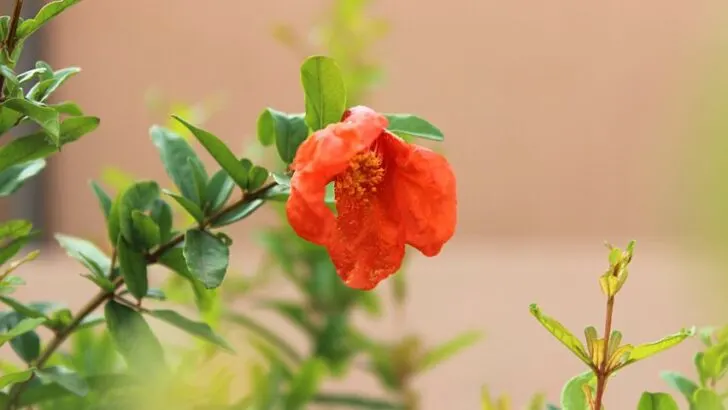Why Does My Pomegranate Have Flowers But No Fruit? A few years ago, I planted a couple of pomegranate trees in my backyard since I wanted my own supply of pomegranate fruits.
Every year in spring and early summer, the tree produces the most beautiful tubular blooms and I pruned the young tree, so it could focus on growing tall and strong.
I was so looking forward to my first harvest of pomegranates. I didn’t expect the tree to bear a full load of pomegranate fruits … but I surely didn’t expect it not to have any fruit after the tree flowered so stunningly.
Why didn’t my pomegranate tree bear fruit even though it produced flowers? I set off to investigate, and if you are having a similar issue, here’s the answer.
Table of Contents
Why Does My Pomegranate Have Flowers But No Fruit?
One reason your pomegranate tree bears flowers but no fruit is that it is the ornamental type. Second, the pomegranate tree is still immature and can’t support even small pomegranates. Poor pollination, an unhealthy tree, and excessive pruning can cause it not to bear any fruit.
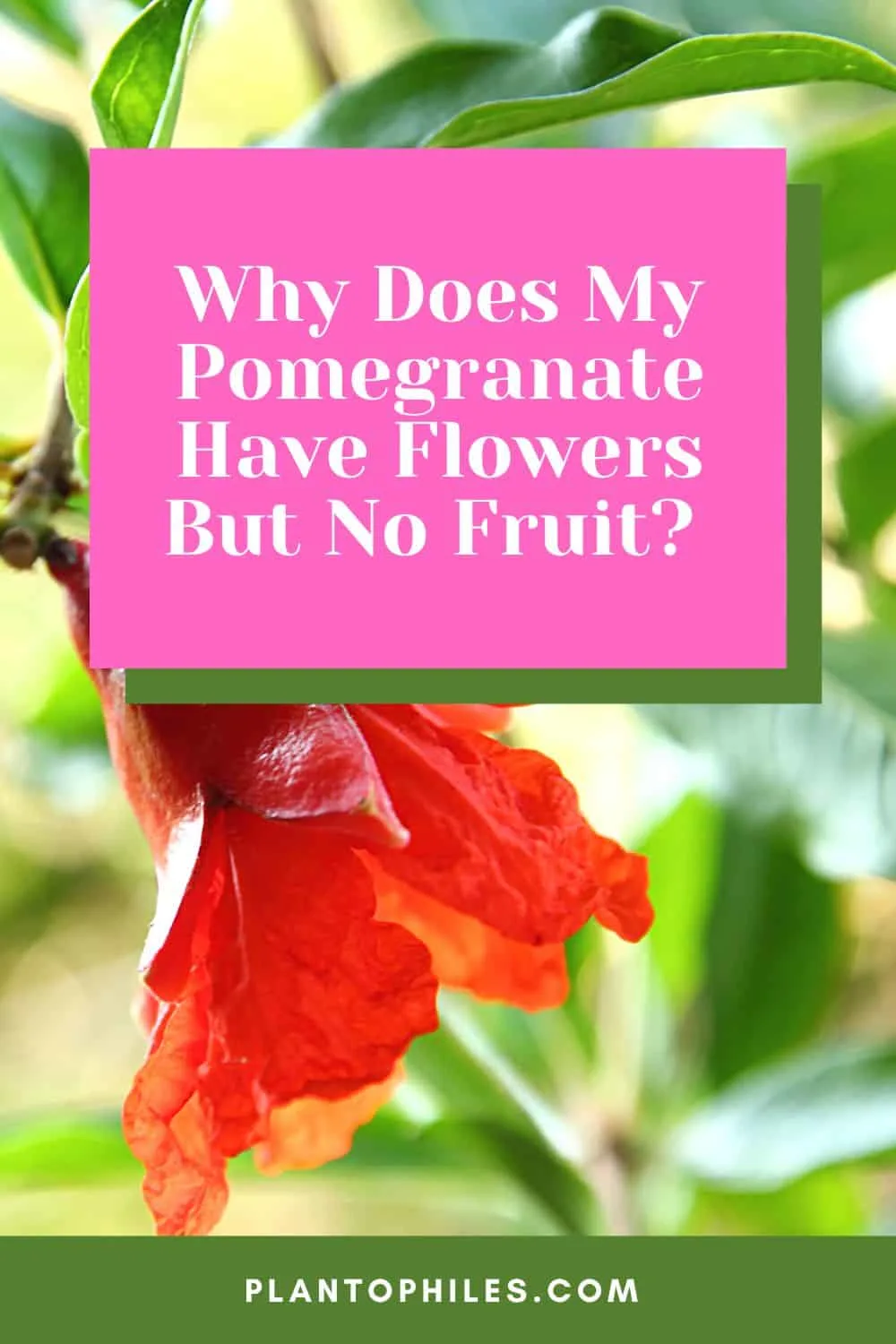
5 Reasons a Pomegranate Bears Flowers But No Fruit
Here are the most common reasons your pomegranate (Punica granatum) can have flowers that never form into fruit:
Reason 1: Type of Pomegranate
One of the main reasons your pomegranate tree isn’t bearing fruit even though it flowers is because you’ve planted an ornamental pomegranate and not a fruit-bearing pomegranate tree.
Yip, you read that right. There are two basic kinds of pomegranate trees:
- One type of pomegranate produces fruit (flowers and fruit)
- The other type of pomegranate doesn’t produce fruit (flowers only)
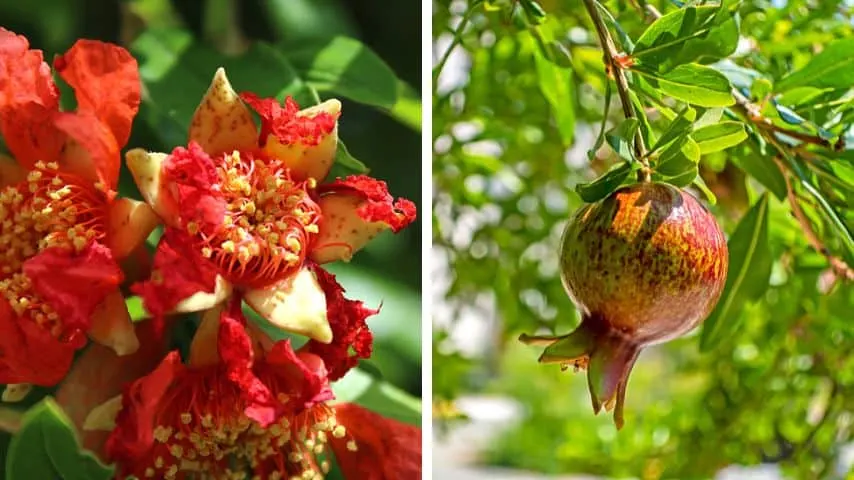
So how can you tell the difference (besides no fruit showing up if you have the ornamental variety)?
An ornamental pomegranate is generally smaller. The dwarf species grow 3 feet tall, while the dense shrubs grow 6 feet tall.
Fruiting pomegranates are small trees or rounded shrubs at 12-16 feet, but they can also be 20-30 feet tall.
Fruit-bearing pomegranates grow red or pink tubular blooms, while the flowers of the ornamental variety come in a range of color and a double row of petals.
Examples of ornamental pomegranates are:
- Variegata
- Chico
- Taysho
- Alba Plenta
- Multiplex
- Mme. Legrelle
Examples of fruit-bearing pomegranates are:
- Evergreen
- Purple heart
- Red Silk
- Salavatski (R8)
- State Fair
- Angel Red
- Eight ball
- Wonderful
- Russian 26
Reason 2: Poor Pollination
Pollination is needed for trees to bear fruit. The pomegranate tree is self-pollinated but also needs to be cross-pollinated by insects and birds.
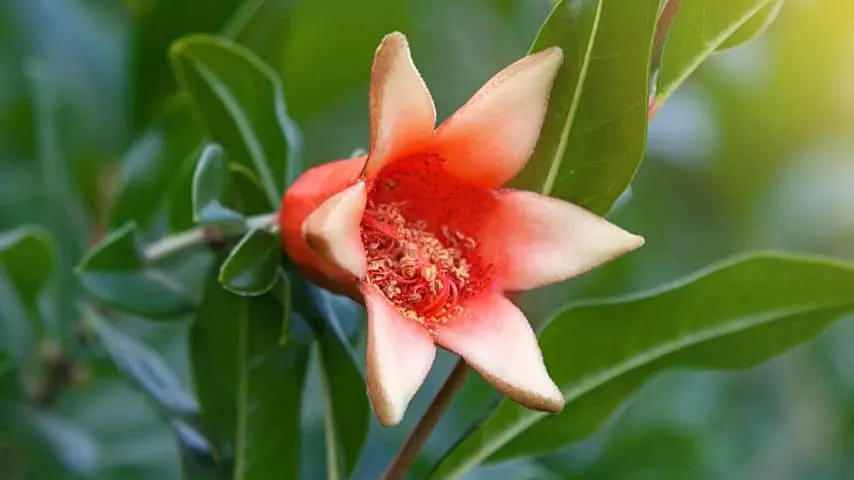
While you need to plant only one pomegranate, I recommend planting a few to encourage cross-pollination.
If no or poor pollination occurred, your pomegranate won’t bear any fruit.
How to Fix Poor Pollination of your Pomegranate Tree
For one, attract pollinators like bees, butterflies, and hummingbirds to your garden.
Plant pollen-heavy flowers and pollinator-friendly plants like lavender, borage, sunflowers, zinnia, butterfly bushes, verbena, daisies, and marigolds.
You can also add a bird bath, so birds are encouraged to stop by your garden.
You can also pollinate by hand. You need a Q-tip to transfer pollen from the stamen (male) to the ovary (female) in the early morning hours.
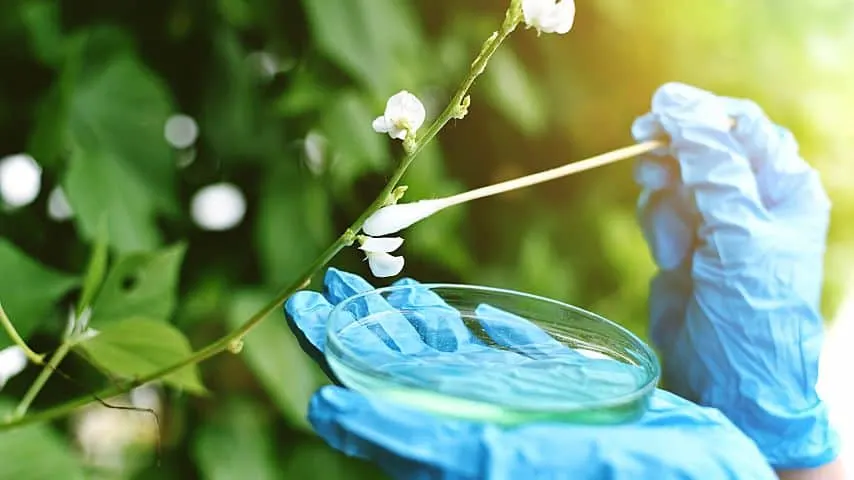
Reason 3: Immature Trees
An immature pomegranate tree can produce fruit, but these are usually small fruit that is dropped early since the tree isn’t strong enough to support the pomegranates.
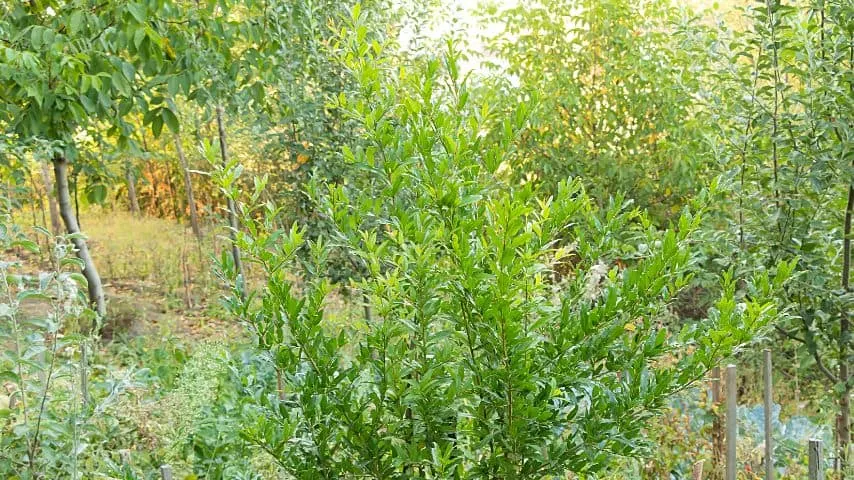
If you don’t see any of the fruit drop on the ground by your pomegranate tree, you may think that your tree isn’t producing fruit, even though it’s flowering.
Prune the pomegranate until the tree is mature at 3-5 years of age and strong enough to carry the fruit it produces.
Reason 4: Tree Health
If your tree is healthy, it’ll produce good-quality fruit, but an unhealthy tree will bear no or poor-quality fruit.
Since there are various things that can affect the health of your pomegranate, I’ll summarize these for you:
Water
If your pomegranate is suffering from water stress, the flowers or fruit will fall off prematurely.
So, deeply water your pomegranate trees a couple of times a week but ensure the soil is well-draining to prevent the roots from becoming waterlogged (and causing other issues).
Soil
Pomegranates are good at tolerating many types of soil, but nutrient-rich and well-draining soil like loamy soil is the ideal.
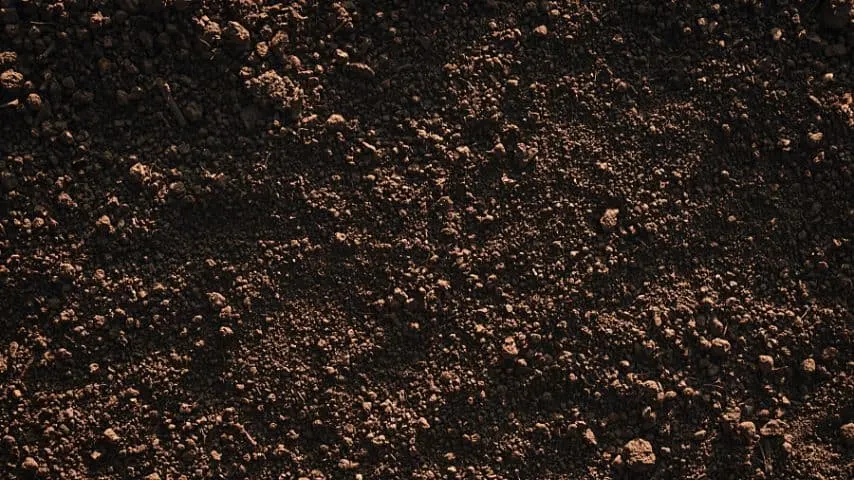
pH
For the best results, ensure the pH of the soil is between 5.5 and 7.2.
Fertilizer
Nitrogen is great if you want your pomegranate to have pretty and lush green foliage, but too much nitrogen negatively affects fruit production.
So ensure you don’t overfeed nitrogen.
Sunshine
If the pomegranate tree receives inadequate light, the fruits won’t ripen.
Ensure your tree gets at least 6 hours of full sun a day.
Disease and Pests
Diseases make your pomegranate tree too weak to bear fruit, and a severe pest infection can also impact fruit production.
Regularly check your pomegranate tree so you can spot and treat any issues early.
Reason 5: Too Much Pruning
Pomegranate trees require a lot of pruning to be kept in shape. Plus, you need to prune immature trees for the first 2-3 years so the tree can grow strong before it puts its energy into producing pomegranate fruits.
However, it’s easy to prune too much. The issue with excess pruning is that these trees bear fruit mostly on the branches that grew the previous year.
So if you prune all the wood, no fruit can grow.
How to Prevent too much Pruning of your Pomegranate Tree
Plan how you’ll prune your pomegranate tree.
Mark the branches you are planning to prune with ribbon and prune those. Also, plan to prune less, check the tree, and then prune more if necessary.
Ensure you prune some of the previous year’s branches and leave some for this year’s fruit production.
Read next: Popcorn Cassia growing guide
Frequently Asked Questions about Pomegranate Having Flowers But No Fruits
Do all pomegranate flowers become fruit?
Not all pomegranate flowers become fruit. The two common pomegranate tree types include ones that flower and bear fruit and the ones that flower only.
How long does it take a pomegranate to flower and bear fruit?
The pomegranate tree produces clusters of red/orange tubular-shaped blooms in early summer or spring. When flowers appear, it’s about 5-7 months before fruit appears, but you’ll need to prune the tree for the first 2-3 years, and thereafter, the pomegranate tree bears more fruit.
Conclusion Why Does My Pomegranate Have Flowers But No Fruit
Your pomegranate has flowers but no fruit because you either have the ornamental type or because it is still immature. Other reasons why it doesn’t bear fruit are that the tree is unhealthy or was not successfully pollinated.

Daniel has been a plant enthusiast for over 20 years. He owns hundreds of houseplants and prepares for the chili growing seasons yearly with great anticipation. His favorite plants are plant species in the Araceae family, such as Monstera, Philodendron, and Anthurium. He also loves gardening and is growing hot peppers, tomatoes, and many more vegetables.

